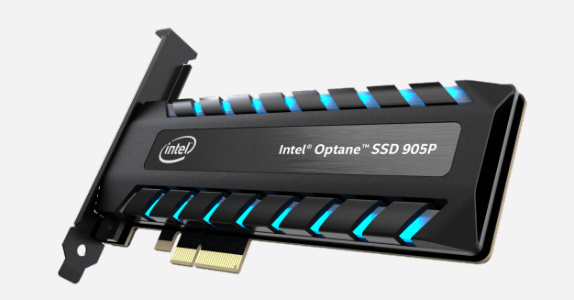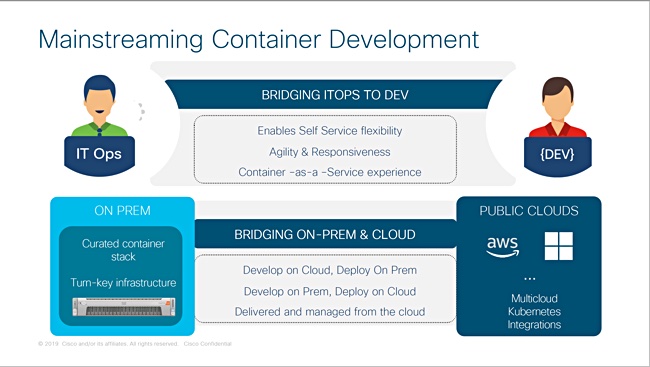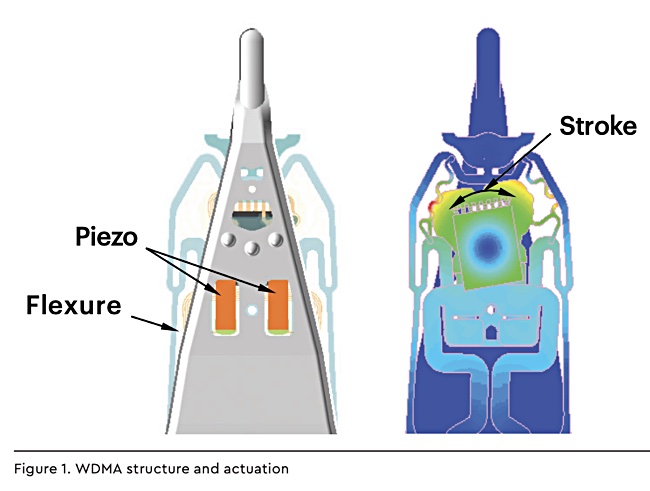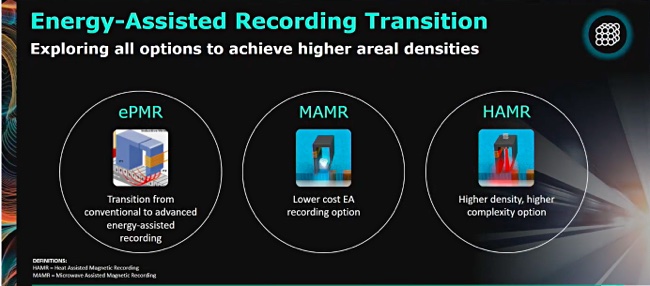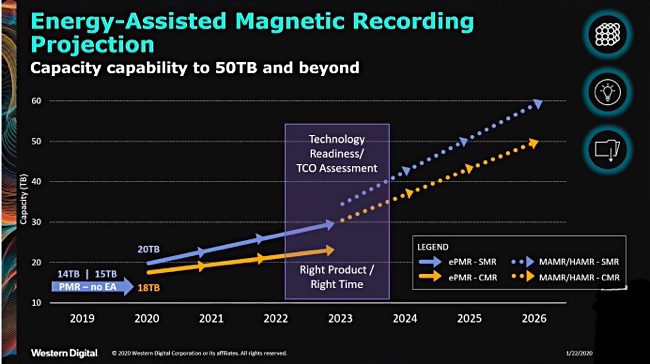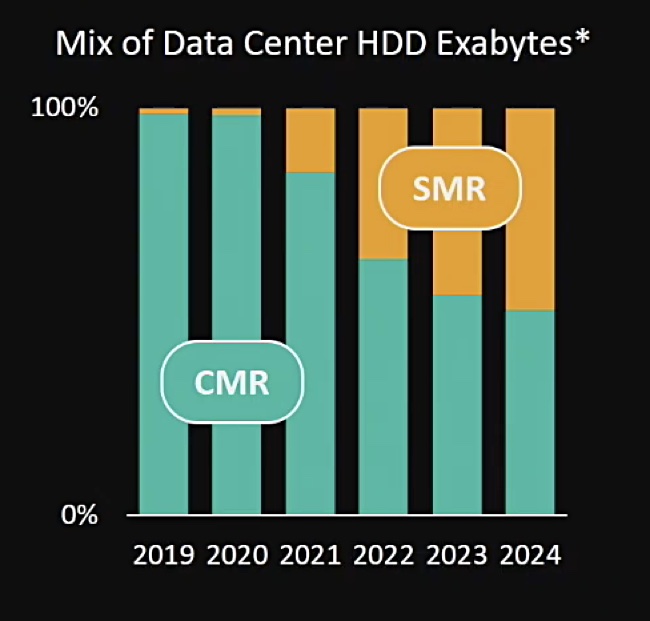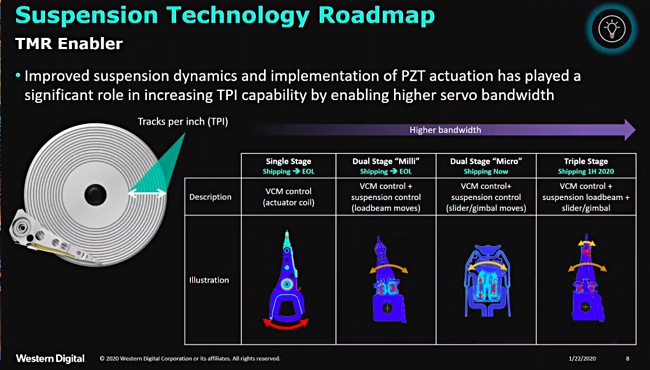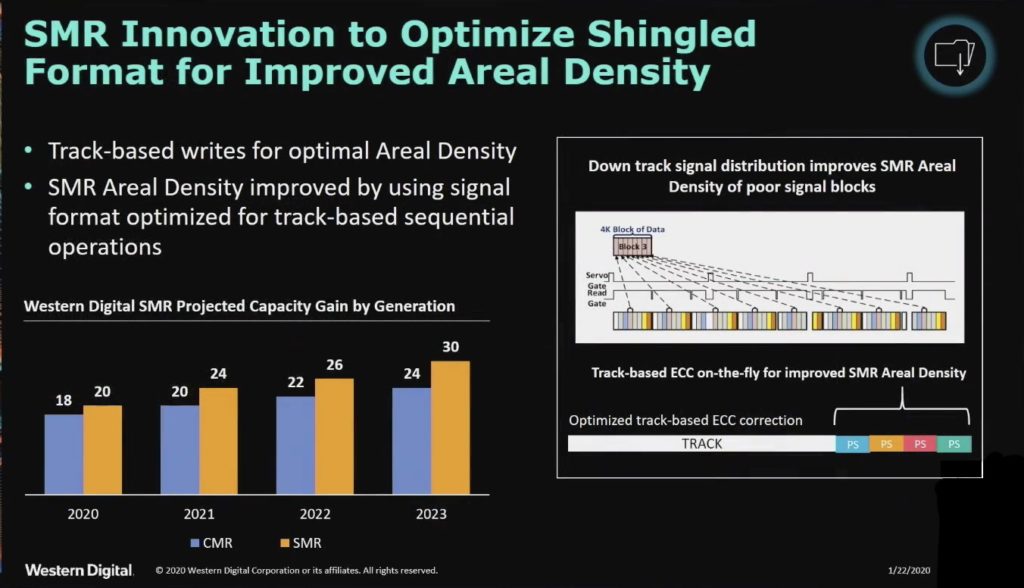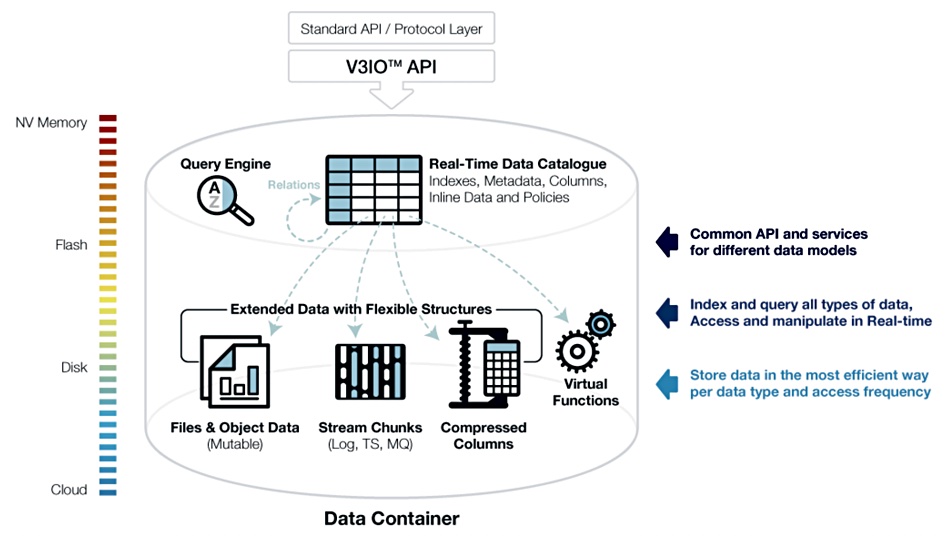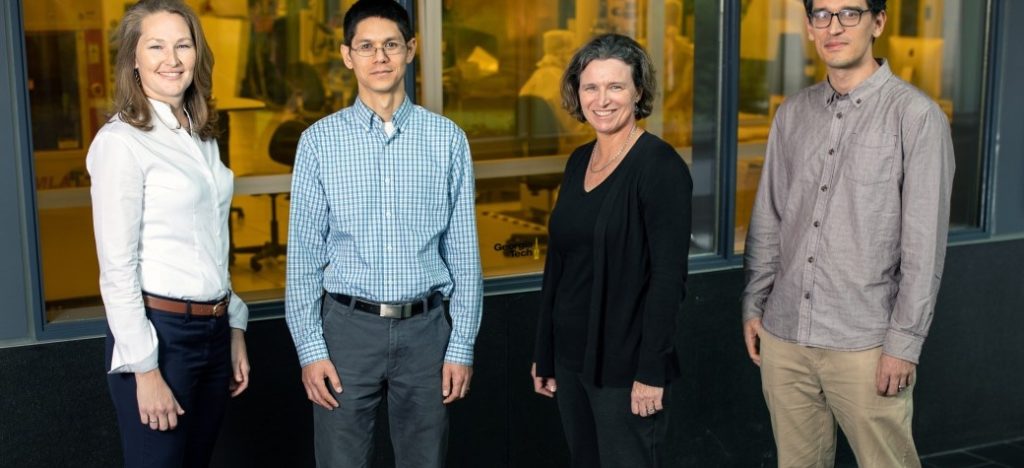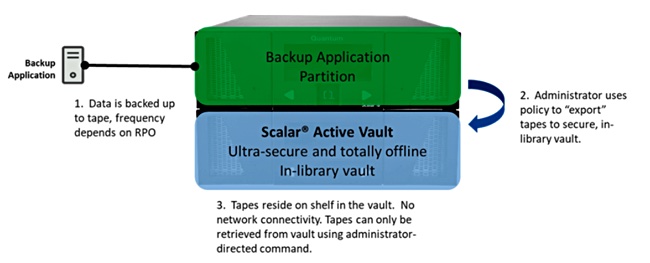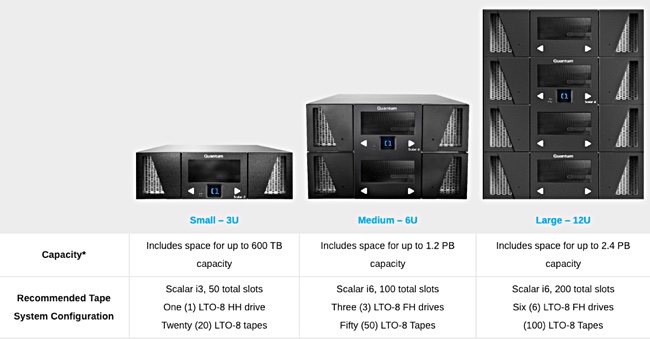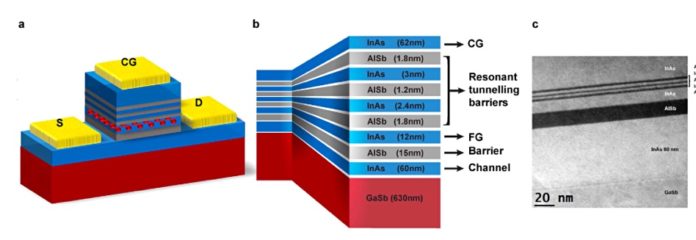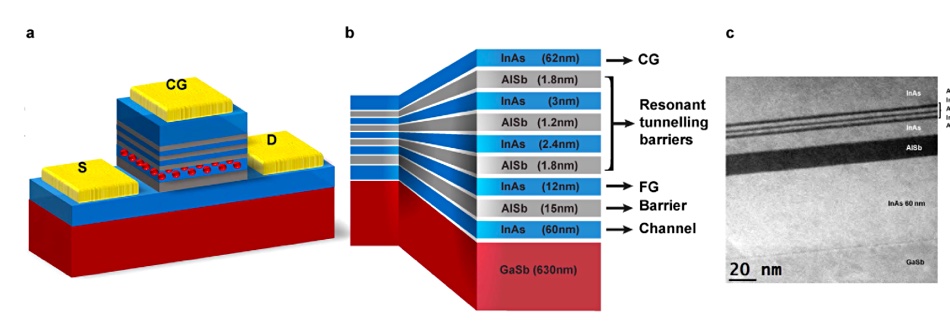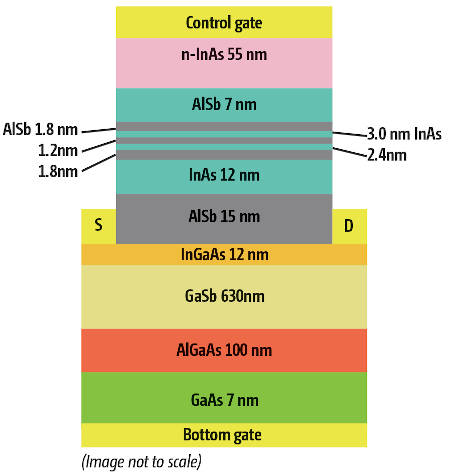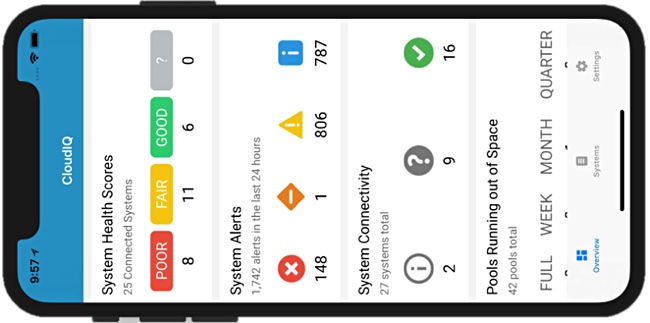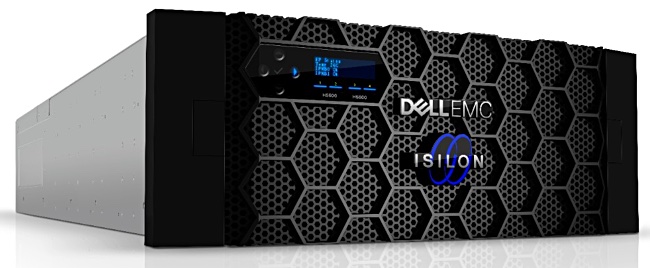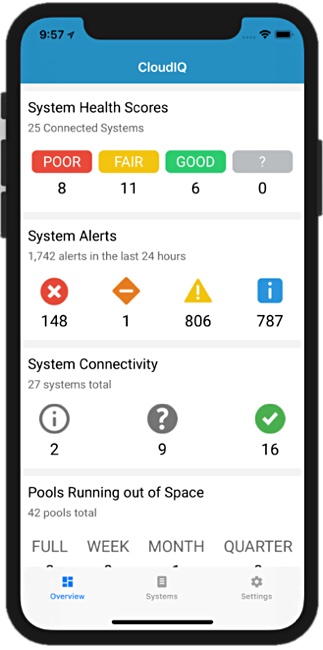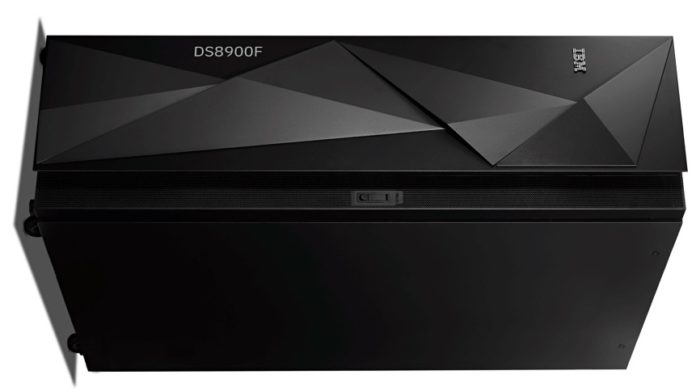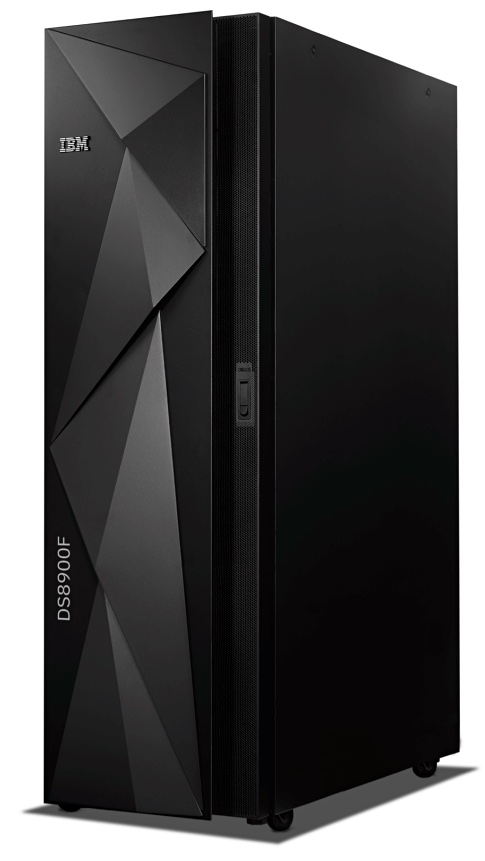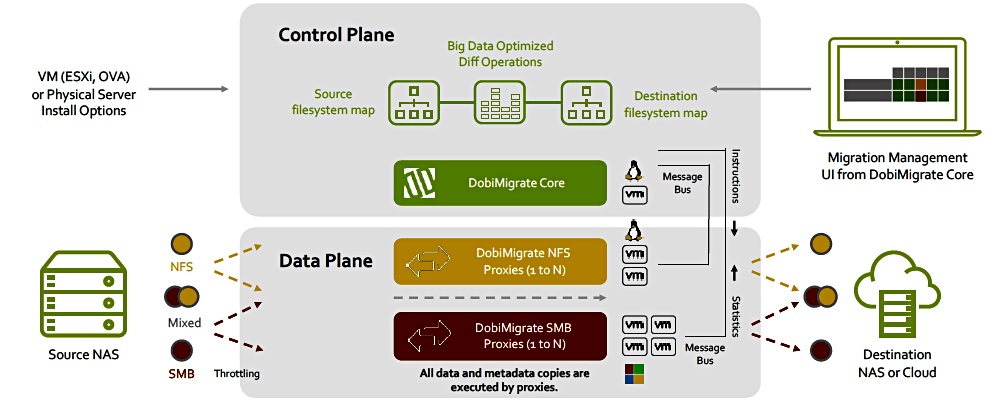NAND and disk drive supplies could be reduced after China put entire cities into lockdown in response to the coronavirus outbreak.
So far some 6,000 people are known to have been infected in China and there have been 132 confirmed deaths. The numbers are expected to rise.
Wuhan, a city of 10 million people in Hubei province, is the epicentre of the outbreak and has been in lockdown since January 23, with public transport effectively suspended, the Lunar New Year holiday extended, and factories and offices closed.

Fifteen other Chinese cities have put similar restrictions in place, including Chibi, Dangyang, Enshi, Ezhou, Huanggang, Huangshi, Jingmen, Suizhou, Qianjjiang, Xiangyang, Xianning, Xiantao, Xiaogan, Yichang, and Zhijiang.
This extensive set of restrictions will have knock-on effects on storage media supplies from factories in the affected areas.
Storage media suppliers at risk
A list of NAND and disk drive suppliers with operations in China includes;
- Intel – with its Fab 68 making 3D NAND in Dalian,
- Micron – manufacturing facility in Xi’an,
- Samsung has operations in three Chines locations;
- Shaanxi Province – Samsung China Semiconductor,
- Xian – F1x1 NAND wafer fab,
- Suzhou – Samsung Suzhou Research Center (SSCR),
- Sk Hynix has facilities in Chongqing and Wuxi, where it has HC1 and HC2 plants,
- Tsinghua Unigroup has operations in Chengdu and Nanjing,
- Yangtze Memory Technology Company (YMTC) has a plant in Wuhan,
- Seagate produces finished disk drives in Wuxi,
- Western Digital’s HGST unit has disk drive component manufacturing operations in Shenzhen and another facility in Shanghai.
Tsinghua Unigroup and YMTC are focussed on sales inside China. The others have integrated global supply chains whose output will be interrupted to some degree if their Chinese plants are shut down beyond the normal Lunar New Year holiday period
They will be affected by direct plant closures and also by supply chain interruptions due to affected component suppliers in China.
Supply chain choke point risks
The coronavirus outbreak is still developing with the Chinese authorities reacting to its growth.
China’s Lunar New Year break started on January 25 and lasts for a week, with it finishing on Sunday, February 2. Chinese officials have extended it to February 6. The city of Shanghai has gone further, extending it to February 9.
Businesses in Suzhou, a manufacturing hub in eastern China, are closed until at least February 8. Thus could well affect Samsung if its plant is in the close-down area.
Affected storage media suppliers, as well as other technology companies, will be examining their Chinese manufacturing operations and supply chains to work out the effects on their product supply operations. Details of any media shortages will emerge over the next few days.
British Airways has suspended flights to China from the UK. Passengers from China are being screened for the virus at five US airports; New York’s John F. Kennedy International Airport, San Francisco International Airport, Los Angeles International Airport, Hartsfield-Jackson Atlanta International Airport, and Chicago O’Hare International Airport.
Shares in US technology companies on the S&P 500 declined 1.6 per cent on Monday, January 27, but recovered by 1 per cent on January 28.
The BBC is reporting it could be another 10 days before the outbreak peaks.




